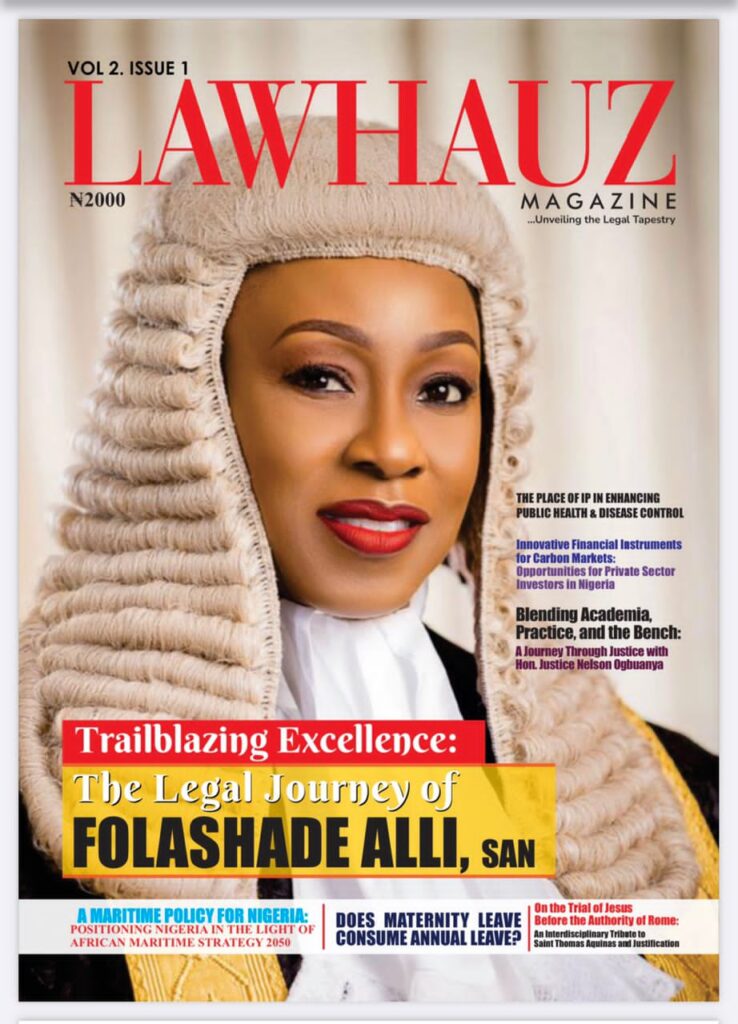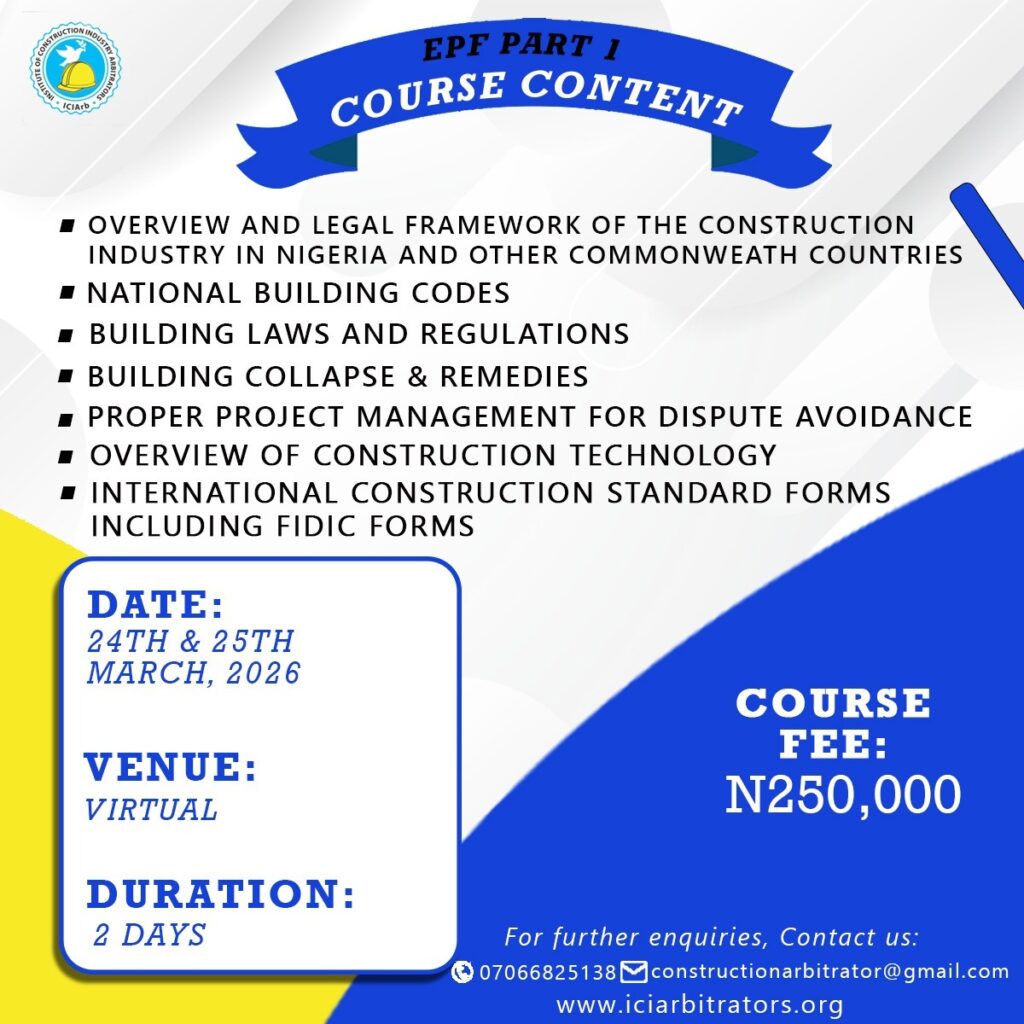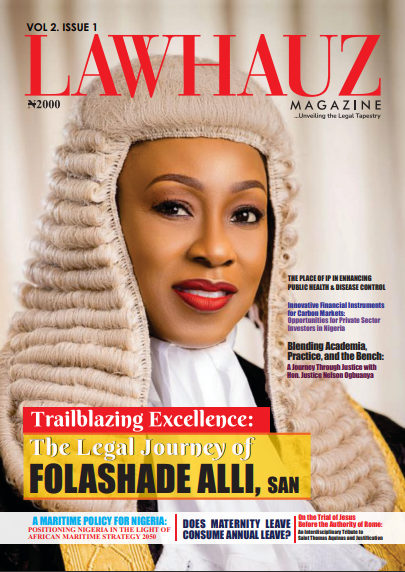Welcome to Reuters Legal News beta. Please enjoy and provide us with your feedback as we continue to improve the Reuters Legal News experience.
REUTERS/Lucas Jackson
The company and law firm names shown above are generated automatically based on the text of the article. We are improving this feature as we continue to test and develop in beta. We welcome feedback, which you can provide using the feedback tab on the right of the page.
(Reuters) – After 11 years, three trial-court class certification decisions, two stops at the 2nd U.S. Circuit Court of Appeals and one U.S. Supreme Court showdown billed as the decade’s most momentous securities class action case, you might quite rationally think there wasn’t much else to say about a financial crisis-era securities fraud lawsuit against Goldman Sachs Group Inc.
Oh how wrong you'd be.
I'm talking, of course, about shareholders' epic quest to sue Goldman Sachs as a class for the bank’s allegedly false depiction of its business practices in the run-up to the 2008 financial crisis. The Goldman litigation is like a dysfunctional road rally in which neither driver knows where the finish line is – and every time they stop for directions, they end up more lost than ever.
On Dec. 22, Goldman’s lawyers from Sullivan & Cromwell and Paul, Weiss, Rifkind, Wharton & Garrison filed a petition asking the 2nd Circuit for interlocutory review of a Dec. 8 opinion in which U.S. District Judge Paul Crotty of Manhattan certified a class of investors who claim to have lost billions of dollars in the 2008 financial crisis because they relied on Goldman’s assurances that it scrupulously avoided conflicts and placed its clients’ interests above its own. Shareholders claim that Goldman’s share price plunged when revelations about conflicts in its packaging of complex debt instruments proved the falsity of those lofty principles.
Goldman, as you know, has insisted for more than a decade that generic statements about its business practices cannot be the basis of a securities fraud suit because such vague, anodyne proclamations have no impact on share price.
Last June, the bank persuaded the Supreme Court that lower courts may at least consider the generic nature of alleged misstatements in evaluating whether the market really reacts to disclosures casting doubt on corporate pablum. In Goldman Sachs Group Inc v. Arkansas Teacher Retirement System, the Supreme Court vacated certification of the shareholder class and remanded the case with express instructions for the lower courts to consider the generic nature of the alleged falsities.
When the class certification issue returned to Crotty last fall, Goldman homed in on a particular paragraph from the Supreme Court opinion, in which Justice Amy Coney Barrett discussed the so-called inflation-maintenance theory underlying the Goldman case. In such cases, she wrote, shareholders’ theory is that corporate misrepresentations keep the stock price floating at an artificially high level. When the truth is revealed, under this theory, the corresponding drop in the share price shows the impact of the fraud.
But Barrett said that final connection between the allegedly fraudulent statement and the drop in share price “starts to break down when there is a mismatch between the contents of the misrepresentation and the corrective disclosure.”
If, for instance, the alleged misrepresentation is generic – a mere expression of faith, say, in the business model – and the corrective disclosure is specific, like an admission of disappointing quarterly earnings, Barrett wrote, “it is less likely that the specific disclosure actually corrected the generic misrepresentation.” When there is such a mismatch between a vague misrepresentation and a specific correction, she said, courts may have less reason to believe a subsequent drop in share price actually reflects the market's faith in the alleged misrepresentation.
Goldman said that mismatch was exactly what had occurred in its case. The bank’s share price fell after revelations that it was under government investigation for working with a hedge fund manager to bundle toxic mortgages and sell them to its clients – but the drop was not related, Goldman said, to its previous, generic statements about business principles.
The trial judge, Crotty, rejected the bank’s so-called mismatch argument in his Dec. 8 opinion. Goldman’s alleged misstatements, the judge held, were not as amorphous as Barrett’s hypothetical example. And subsequent disclosures that the bank had worked with a hedge fund director were surely related, Crotty said, to its assertions about its tight anti-conflict rules. There was no crippling mismatch, he said, between the generality of Goldman's alleged misrepresentations and the specificity of the corrective disclosure.
Goldman told the 2nd Circuit in its Dec. 22 petition that Crotty’s mismatch analysis is wrong. “Despite acknowledging the discrepancy in the specificity of the alleged misstatements and ‘corrective disclosures’ here,” the district court determined that misstatements must be "exceedingly more generic," the Goldman petition said. “But the Supreme Court clearly instructed that the inflation-maintenance theory ‘starts to break down’ in the face of a mismatch, and that defendants may rebut price impact by identifying meaningful discrepancies between a generic alleged misstatement and a claimed corrective disclosure.”
As usual, Goldman’s friends in the business lobby rushed to back the bank. The U.S. Chamber of Commerce, the Securities Industry and Financial Markets Association and several other business groups argued in a Dec. 29 amicus brief that Crotty’s botched interpretation of the Supreme Court’s “mismatch” test essentially knocked down guardrails that the Supreme Court specifically erected “to prevent the inflation maintenance theory from becoming a free pass to class certification for speculative theories.”
A second amicus brief by a group of law professors and former Securities and Exchange Commission officials similarly argued that Crotty eviscerated the mismatch test. “By the lower court’s logic, every class action securities fraud complaint that alleges a corrective disclosure — as they all do — satisfies the mismatch standard,” the brief said. “This interpretation of the standard renders it meaningless.”
Will Goldman’s new mismatch arguments persuade the 2nd Circuit to block class certification? Significantly, the same 2nd Circuit panel that upheld the shareholder class in 2020 will rehear the case. (The 2020 decision was a 2-1 split, with Judges Richard Wesley and Denny Chin in the majority and Judge Richard Sullivan in dissent.)
Plaintiffs counsel Thomas Dubbs of Labaton Sucharow told me he thinks the bank’s new arguments are “same-old, same-old.” (Goldman counsel Robert Giuffra of S&C declined to provide a statement.) Goldman, Dubbs said, “is running out of cards to play before it has to explain to a jury its role in the 2008 and 2009 financial crisis."
Maybe. Or maybe we’ll all still be watching this rambling road race at the beginning of 2023.
Read more:
Goldman Sachs must again face crisis-era securities fraud class action
Securities class action defendants counting on SCOTUS’ Goldman ruling
Our Standards: The Thomson Reuters Trust Principles.
Opinions expressed are those of the author. They do not reflect the views of Reuters News, which, under the Trust Principles, is committed to integrity, independence, and freedom from bias.
Alison Frankel has covered high-stakes commercial litigation as a columnist for Reuters since 2011. A Dartmouth college graduate, she has worked as a journalist in New York covering the legal industry and the law for more than three decades. Before joining Reuters, she was a writer and editor at The American Lawyer. Frankel is the author of Double Eagle: The Epic Story of the World’s Most Valuable Coin.
Subscribe for our daily curated newsletter to receive the latest Reuters legal news and headlines delivered to your inbox.
Reuters, the news and media division of Thomson Reuters, is the world’s largest multimedia news provider, reaching billions of people worldwide every day. Reuters provides business, financial, national and international news to professionals via desktop terminals, the world's media organizations, industry events and directly to consumers.
Build the strongest argument relying on authoritative content, attorney-editor expertise, and industry defining technology.
The most comprehensive solution to manage all your complex and ever-expanding tax and compliance needs.
The industry leader for online information for tax, accounting and finance professionals.
Access unmatched financial data, news and content in a highly-customised workflow experience on desktop, web and mobile.
Browse an unrivalled portfolio of real-time and historical market data and insights from worldwide sources and experts.
Screen for heightened risk individual and entities globally to help uncover hidden risks in business relationships and human networks.
All quotes delayed a minimum of 15 minutes. See here for a complete list of exchanges and delays.
© 2021 Reuters. All rights reserved



